
Tigers may all share the same unmistakable look—fiery orange coats with bold black stripes—but not all tigers are the same. The species Panthera tigris is divided into six living subspecies, each with its own unique adaptations, habitat, and challenges. Learning about these subspecies helps us appreciate the diversity within this iconic species and highlights the urgent need for tailored conservation efforts.
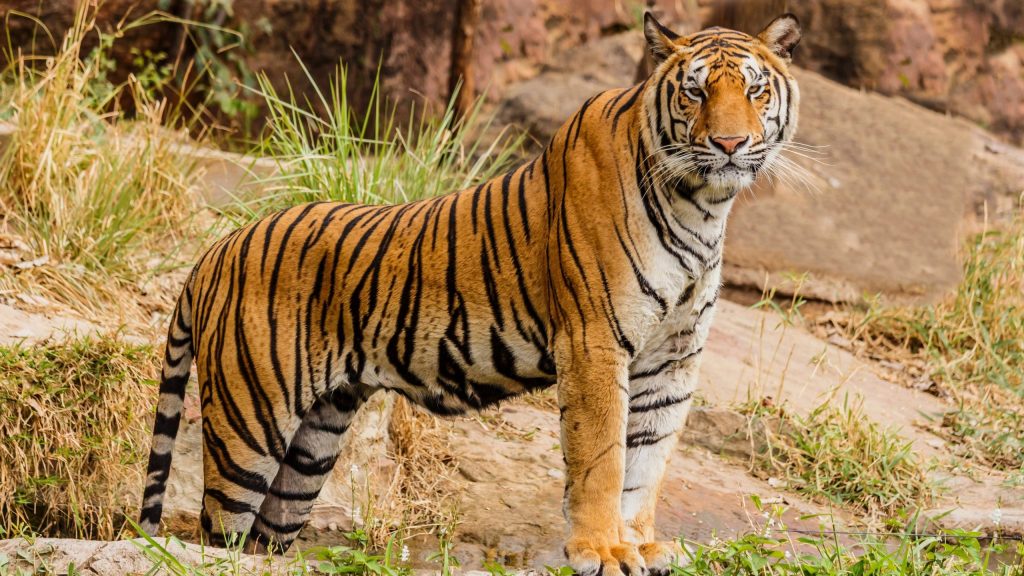
1. Bengal Tiger (Panthera tigris tigris)
- Range: India, Bangladesh, Nepal, Bhutan
- Population: ~2,500 in the wild (most numerous)
- Key Traits:
- Rich orange coat with broad black stripes
- Often seen in mangroves (Sundarbans), grasslands, and tropical forests
- Largest wild tiger population
- Fun Fact: Some Bengal tigers carry the rare gene for white fur, leading to the famous white tiger (only found in captivity).
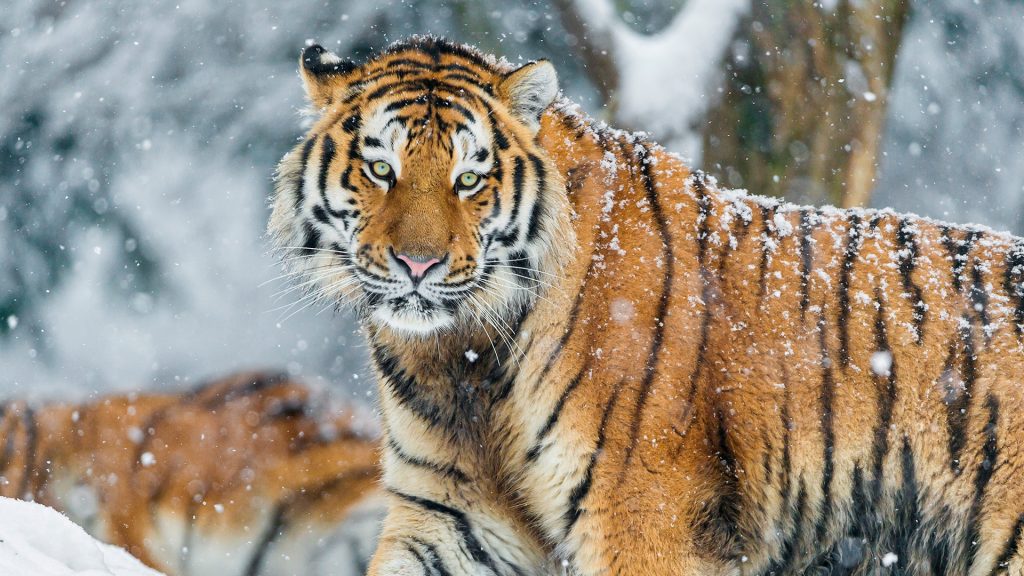
2. Siberian Tiger (Panthera tigris altaica)
- Range: Russian Far East (Amur region), with some in northeast China
- Population: ~500 wild individuals
- Key Traits:
- Pale orange coat with fewer, paler stripes
- Thick fur and a layer of fat for cold resistance
- Largest tiger subspecies by weight and size
- Fun Fact: Siberian tigers have the largest territories of any tiger, sometimes spanning over 1,000 square miles.
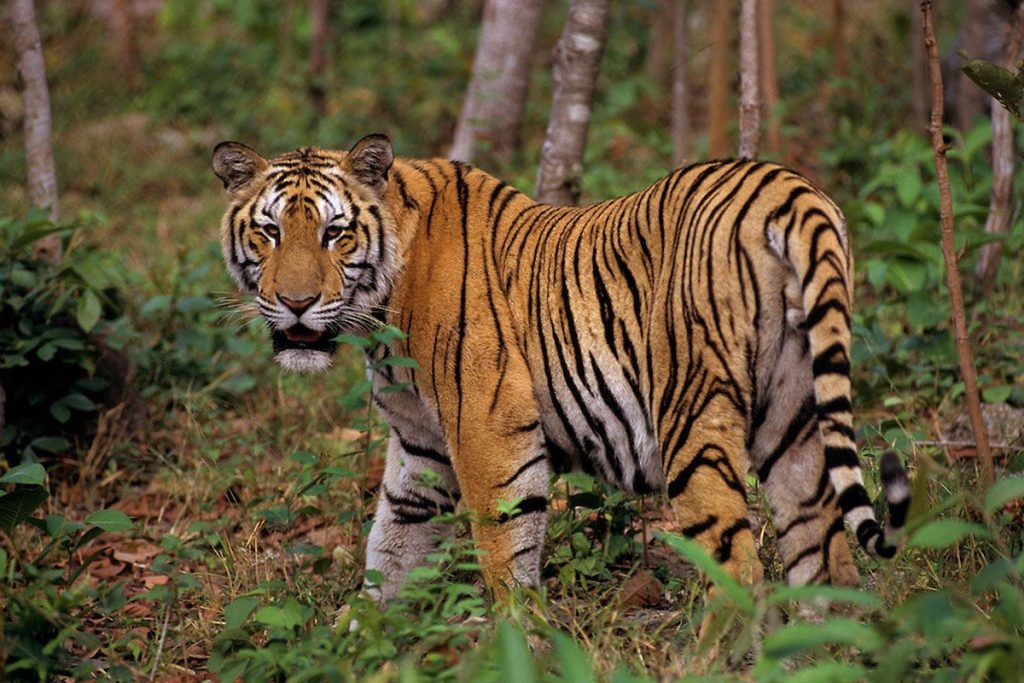
3. Indochinese Tiger (Panthera tigris corbetti)
- Range: Southeast Asia (Thailand, Laos, Cambodia, Vietnam, Myanmar)
- Population: ~300-350 wild individuals
- Key Traits:
- Smaller and darker than Bengal tigers
- Narrower stripes and more elusive behavior
- Inhabits dense tropical forests and hilly terrain
- Conservation Note: Very little is known about them in the wild due to their secretive nature and the remoteness of their habitat.
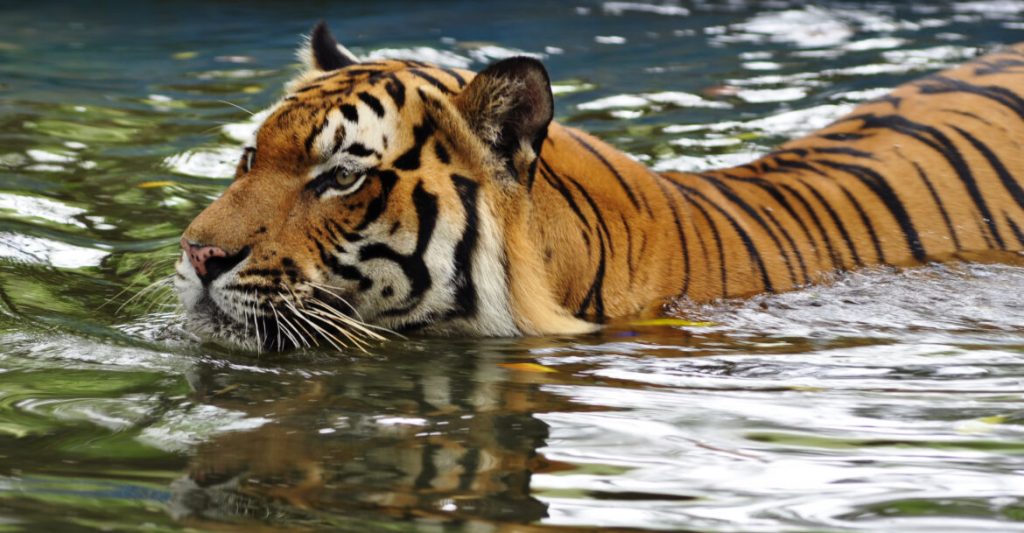
4. Malayan Tiger (Panthera tigris jacksoni)
- Range: Peninsular Malaysia
- Population: Fewer than 150
- Key Traits:
- Similar in size and appearance to Indochinese tigers
- Lives in dense tropical rainforest
- Critically endangered
- Fun Fact: Only recognized as a distinct subspecies in 2004 based on genetic analysis.
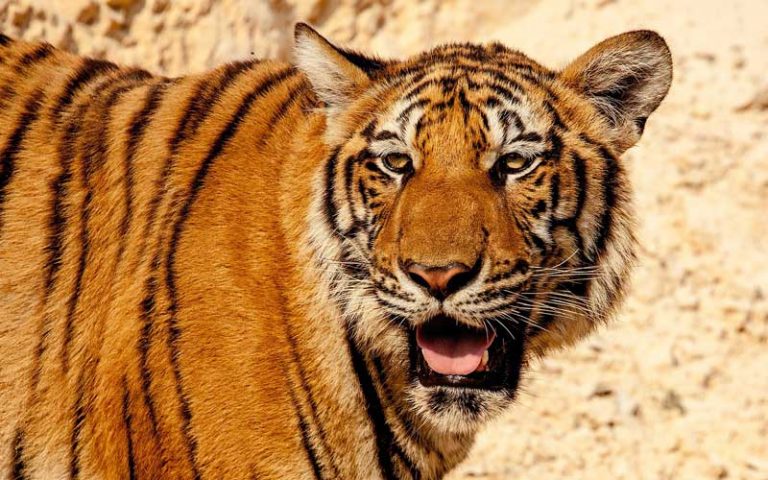
5. South China Tiger (Panthera tigris amoyensis)
- Range: Formerly in central and eastern China
- Population: Possibly extinct in the wild
- Key Traits:
- Short, broad snout and closely spaced stripes
- Smallest mainland tiger
- Survives only in zoos and breeding centers
- Conservation Note: It’s one of the most critically endangered tiger subspecies, and efforts are underway to rewild captive individuals.
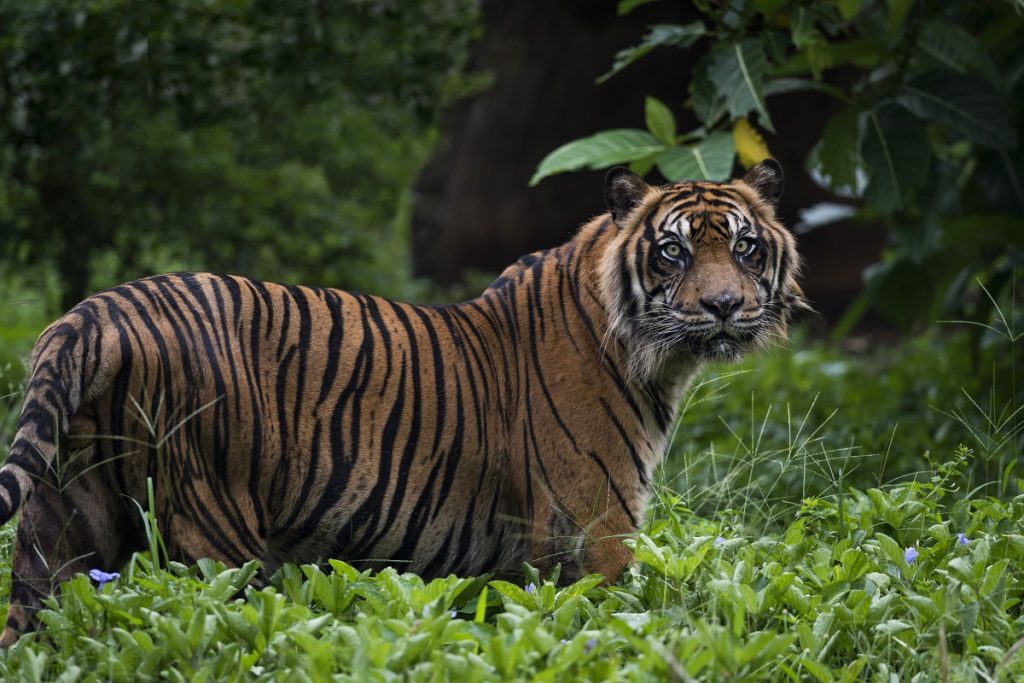
6. Sumatran Tiger (Panthera tigris sumatrae)
- Range: Sumatra, Indonesia
- Population: ~400-500
- Key Traits:
- Smallest tiger subspecies
- Dense stripes and darker orange coat
- Adapted to thick, tropical rainforest
- Fun Fact: Sumatran tigers are excellent climbers and swimmers, which helps them navigate their jungle habitat.
What Happened to the Other Subspecies?
Three tiger subspecies have gone extinct in the past century due to hunting and habitat destruction:
- Bali tiger (P. t. balica) – Extinct in the 1940s
- Caspian tiger (P. t. virgata) – Extinct by the 1970s
- Javan tiger (P. t. sondaica) – Last seen in the 1980s
Their loss serves as a stark reminder of how fragile wild populations can be.
Why Subspecies Matter
Recognizing subspecies allows conservationists to tailor strategies to specific challenges. A Sumatran tiger needs different protections than a Siberian one. Preserving each subspecies means saving not just tigers, but the distinct habitats and ecosystems they call home.
In Summary
Tigers are not one single population but a rich tapestry of subspecies spread across Asia’s forests, mountains, and grasslands. Each one represents a unique piece of Earth’s natural history. By learning about their differences, we take a step toward protecting their future.
Disclaimer: This blog post is for edutainment purposes only and may not be entirely accurate.






